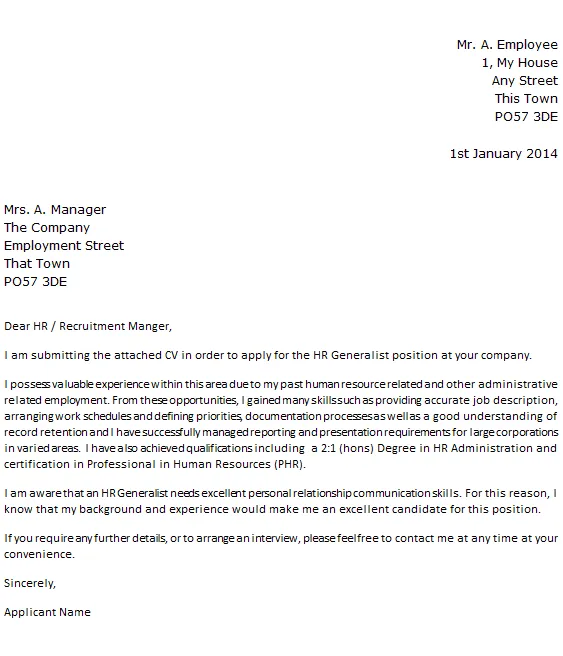Key Elements of an HR Generalist Cover Letter
A cover letter is your first opportunity to make a positive impression on a potential employer, and for an HR Generalist, it’s crucial to get it right. This document isn’t just a formality; it’s a chance to showcase your skills, experience, and personality, making you stand out from other applicants. A well-crafted cover letter complements your resume, providing context and depth. It allows you to explain your career path, highlight specific accomplishments, and express your genuine interest in the role and the company. By following the secrets outlined in this guide, you can craft a cover letter that grabs the recruiter’s attention, increases your chances of an interview, and ultimately, helps you land your dream job.
Contact Information and Professional Tone
Begin with a clear and professional heading. Include your full name, contact number, email address, and LinkedIn profile URL (if you have one). Address the hiring manager or recruiter by name if possible. If you can’t find a name, use a professional salutation like ‘Dear Hiring Manager.’ The tone of your cover letter should be professional, yet personable. Avoid slang or overly casual language. Your writing style should reflect your communication skills, a key attribute for any HR professional. Proofread carefully for grammar and spelling errors; these mistakes can undermine your credibility.
Formatting and Design Best Practices
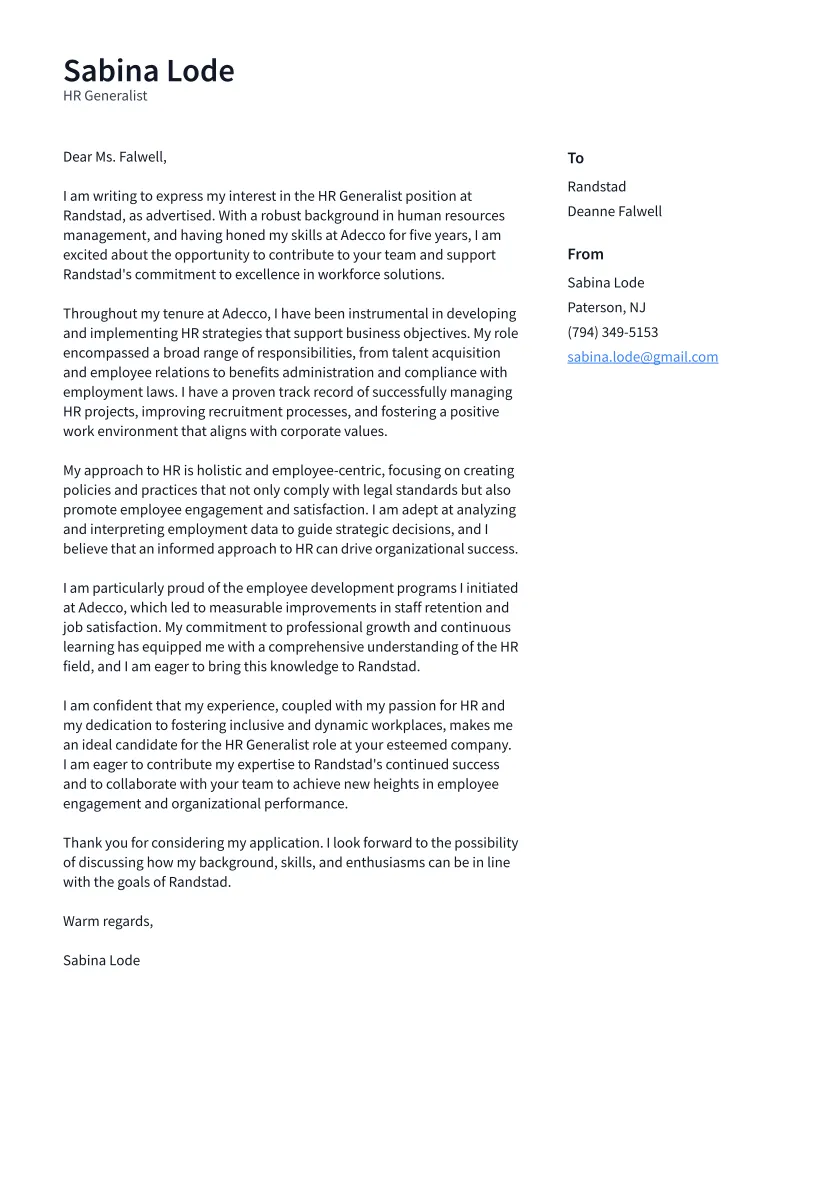
The visual presentation of your cover letter is important. Use a clean, easy-to-read font like Arial or Times New Roman with a font size between 10 and 12 points. Maintain consistent formatting throughout the document, including line spacing and paragraph indentation. Use a professional layout with clear headings and subheadings to make it easy for the reader to scan and find key information. Keep the letter concise, ideally within one page. Use white space effectively to avoid a cluttered appearance. A well-formatted cover letter demonstrates attention to detail, a vital skill in HR.
Highlighting Relevant HR Skills
HR Generalists need a broad skill set. Your cover letter is the place to highlight the skills most relevant to the job description. Focus on the skills and experiences that make you the ideal candidate. Identify the key requirements listed in the job posting and ensure you address them directly. Provide specific examples to illustrate your skills, using the STAR method (Situation, Task, Action, Result) to provide context and demonstrate your accomplishments. Quantify your achievements whenever possible by using numbers and data to show the impact of your work.
Recruitment and Talent Acquisition Skills
Recruitment is a cornerstone of HR. Highlight your experience in sourcing, screening, interviewing, and hiring candidates. Mention your familiarity with applicant tracking systems (ATS) and any experience in employer branding or onboarding. If you have experience with different recruitment methods (job boards, social media, networking), list them. Quantify your recruitment successes, like the number of hires, the reduction in time-to-hire, or the improvement in the quality of hires. Emphasize your ability to attract and retain top talent.
Employee Relations and Conflict Resolution Skills
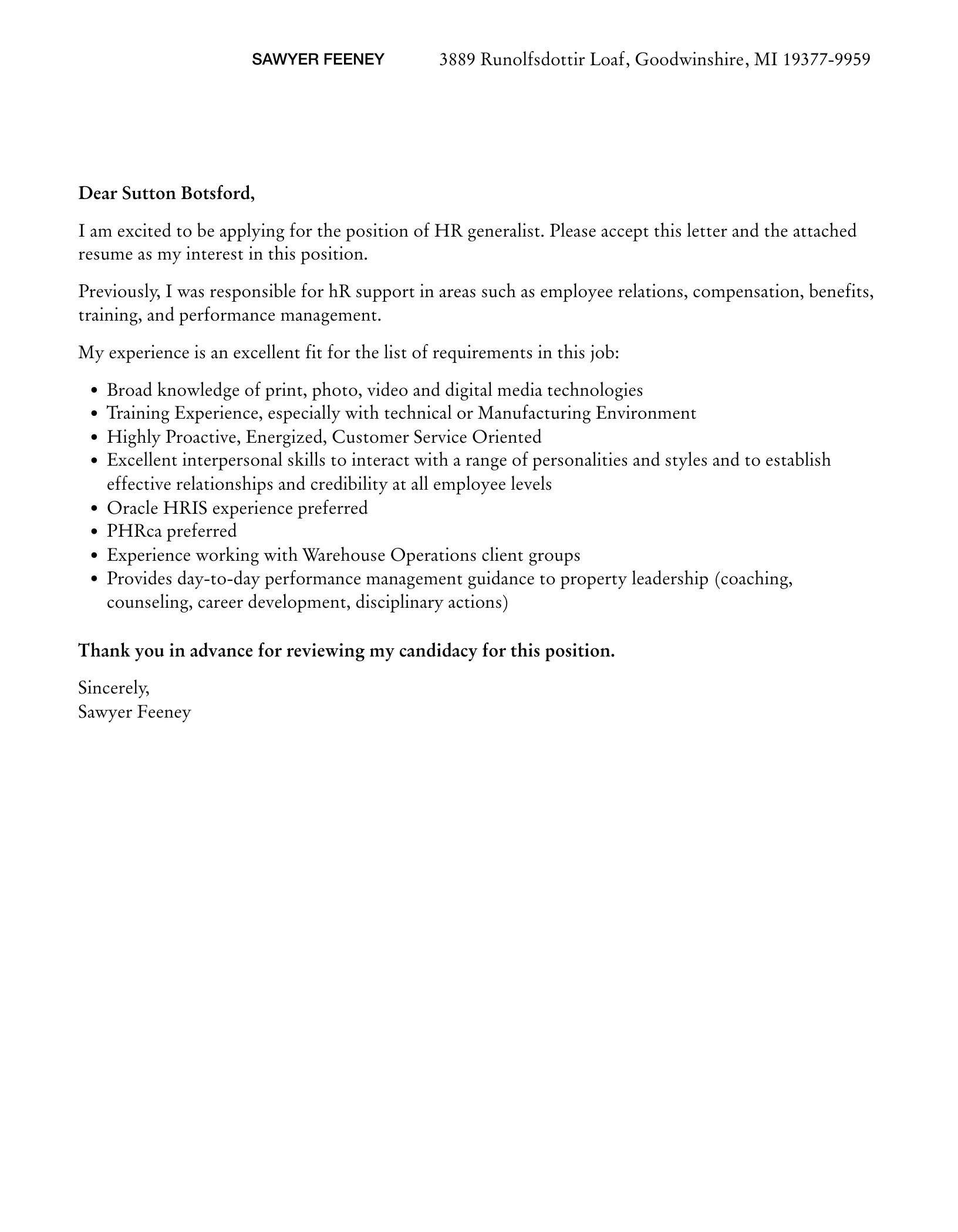
Employee relations are a critical aspect of HR. Showcase your ability to manage employee relations, address conflicts, and create a positive work environment. Highlight your experience in mediating disputes, conducting investigations, and ensuring fair and consistent treatment of employees. Provide examples of how you’ve resolved conflicts successfully, improved employee satisfaction, or reduced turnover. Emphasize your communication and empathy skills, as well as your ability to handle difficult situations with professionalism and discretion.
Compensation and Benefits Administration Skills
Mention your experience in compensation and benefits administration. This includes your knowledge of payroll, benefits programs, and compliance. Highlight your ability to manage benefit enrollments, resolve employee inquiries, and ensure accurate payroll processing. If you have experience in salary benchmarking, performance reviews, or benefits negotiations, be sure to list these. Quantify your accomplishments by mentioning any cost savings or improvements in employee satisfaction related to compensation and benefits.
Compliance and Legal Knowledge
HR professionals must be knowledgeable about employment laws and regulations. Emphasize your knowledge of federal, state, and local labor laws. Highlight your experience in ensuring compliance with regulations such as FMLA, FLSA, and ADA. If you have experience in developing HR policies and procedures that comply with legal requirements, showcase this. Mention any certifications or training related to compliance. This demonstrates your commitment to maintaining a legally sound workplace.
Tailoring Your Cover Letter to the Job Description
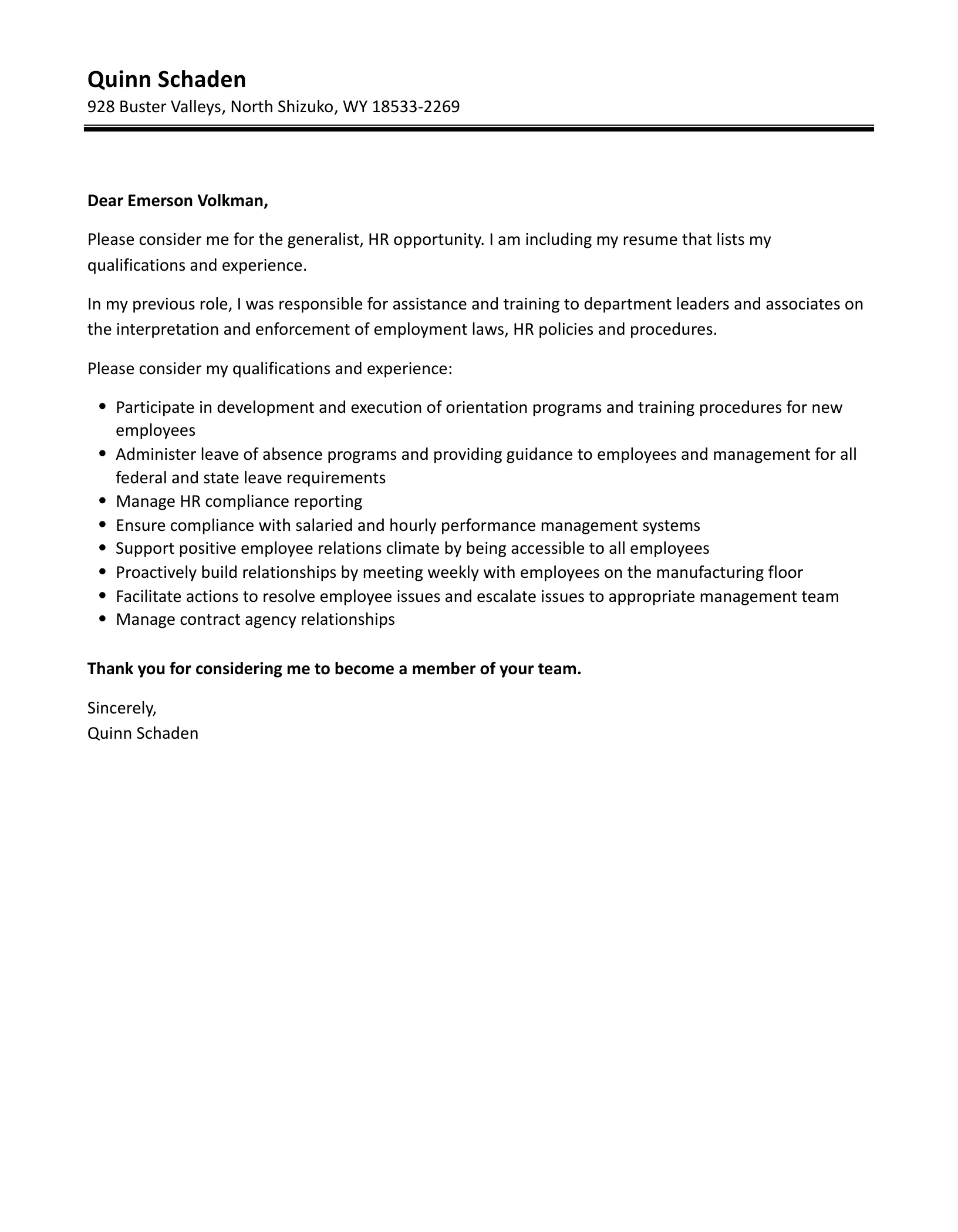
A generic cover letter is a sure way to get your application rejected. Tailor your cover letter to each specific job application. Carefully read the job description and identify the key requirements and desired skills. Use the same keywords and phrases used in the job posting. This shows that you have the qualifications the company is looking for. This level of attention to detail demonstrates your strong interest in the position and your understanding of the company’s needs. It also helps your application get past the ATS systems.
Researching the Company Culture
Research the company’s culture and values. Use the company website, social media profiles, and industry publications to understand the company’s mission, values, and goals. This helps you tailor your cover letter to fit the company’s culture. Show that you understand their goals. If the company emphasizes employee engagement or innovation, highlight relevant experiences and skills. Demonstrate how you can contribute to their specific goals and needs. This shows initiative and a genuine interest in the company.
Using Keywords from the Job Posting
ATS systems scan applications for keywords. Include keywords from the job description in your cover letter and resume. Be sure to use the exact wording from the job posting. This increases the chances that your application will be selected by the ATS. However, avoid keyword stuffing. Ensure that your cover letter flows naturally and is easy to read. Use relevant keywords throughout the letter, within the context of your skills and experiences.
Showcasing Accomplishments and Quantifiable Results
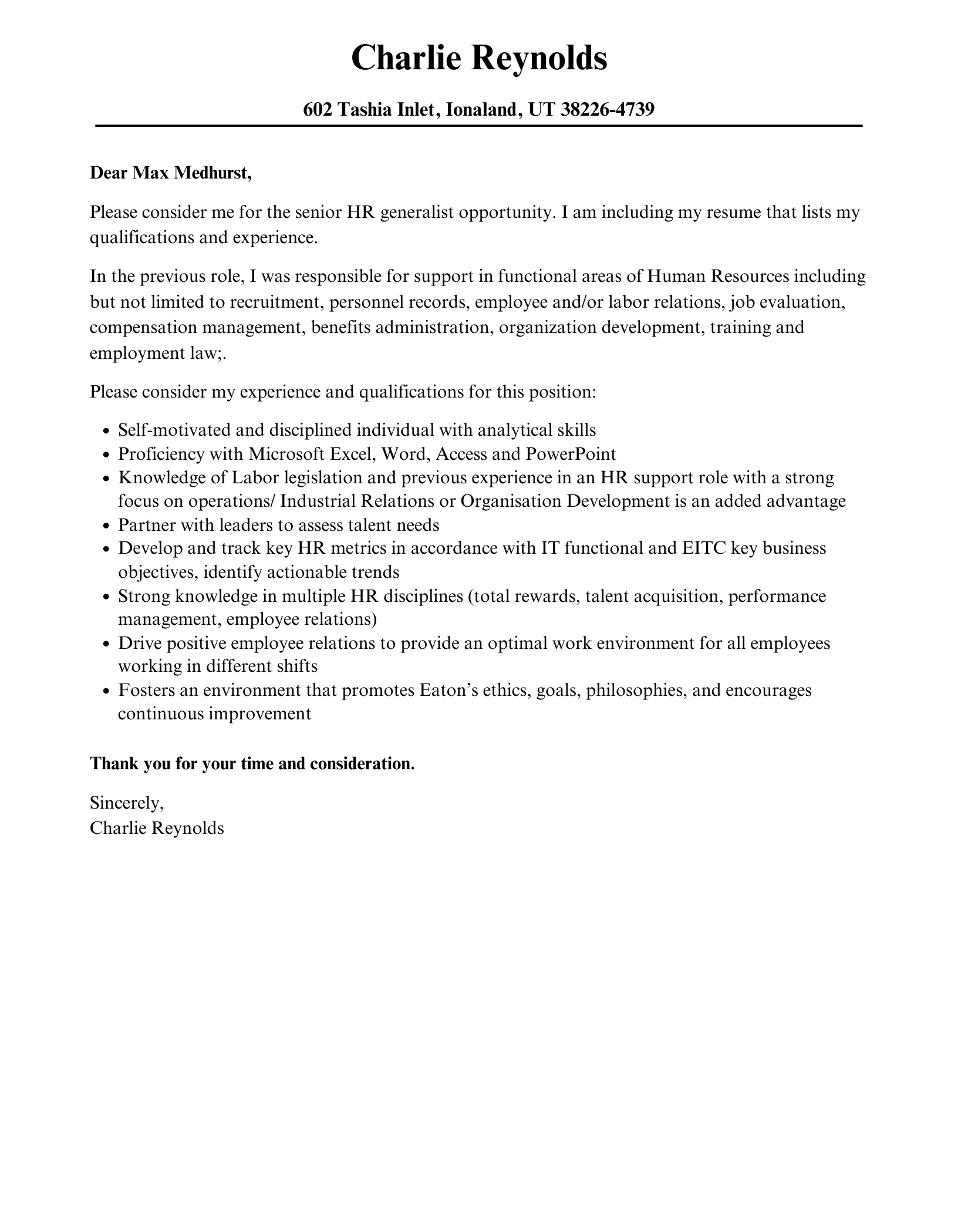
Instead of listing your job duties, focus on your accomplishments. Highlight the impact you’ve made in previous roles and provide specific examples of your successes. Use the STAR method to provide context and illustrate your skills and achievements. Always quantify your accomplishments whenever possible. Numbers and data make your achievements more compelling and demonstrate the value you bring to the table. For example, ‘Reduced employee turnover by 15% in one year’ is much more powerful than ‘Improved employee retention.’
Providing Examples of Success
Provide clear, concise examples of your successes in past HR roles. Use the STAR method to structure each example. Describe the situation you faced, the task you were assigned, the actions you took, and the results you achieved. Examples can include successful recruitment efforts, improvements in employee satisfaction, or cost savings in benefits administration. These concrete examples will illustrate your abilities and demonstrate your value.
Demonstrating Impact and Value
Focus on how your skills and experiences have made a positive impact in your previous roles. Explain how you improved efficiency, reduced costs, increased employee satisfaction, or contributed to the company’s goals. Show that you understand the business and are committed to contributing to its success. Frame your accomplishments in a way that shows how you can benefit the potential employer. This demonstrates your ability to generate positive results and contribute to the company’s bottom line.
Concluding Your Cover Letter
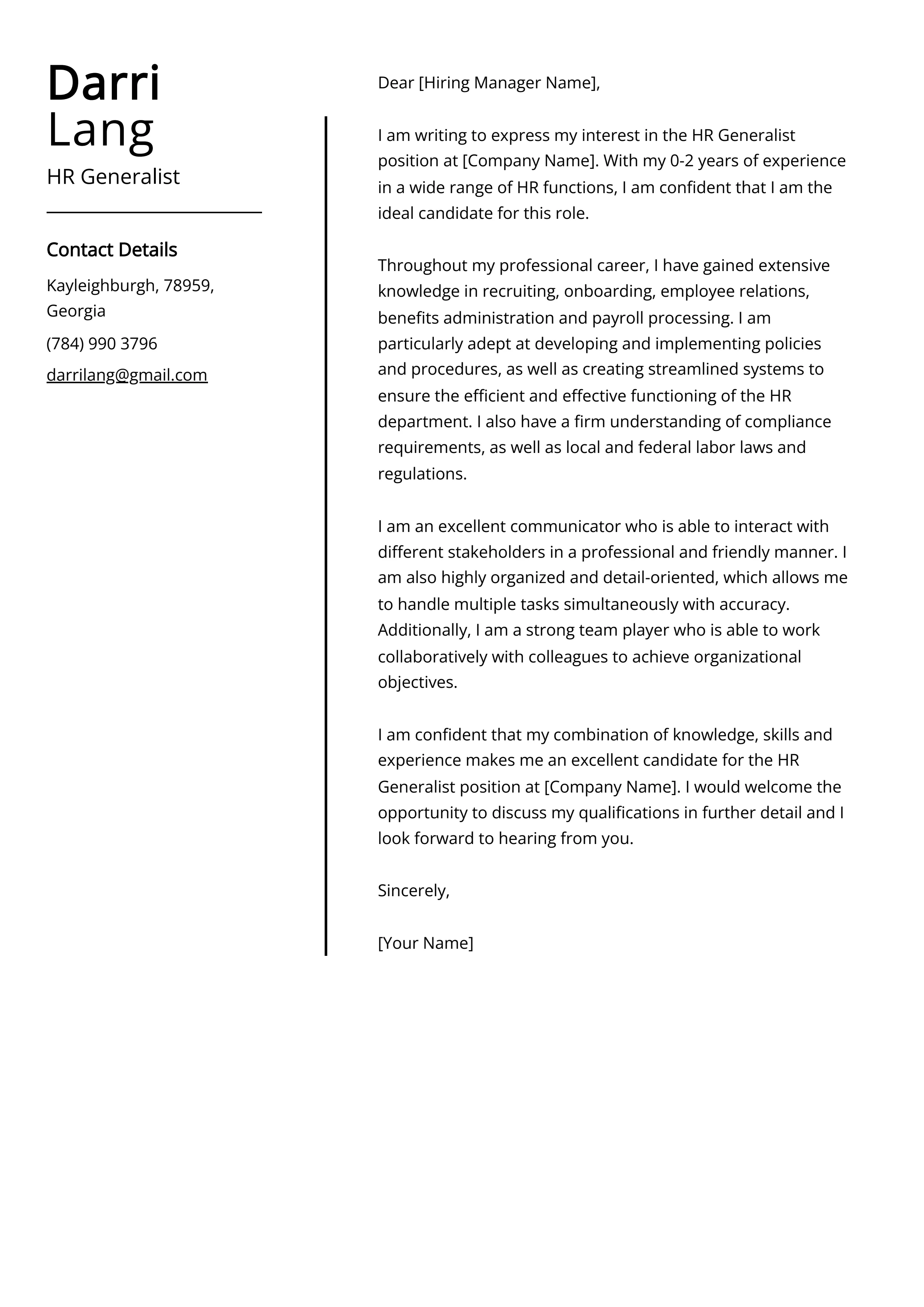
The conclusion of your cover letter is a critical opportunity to leave a lasting impression. Reiterate your interest in the position and the company, and use a strong, confident tone. Show that you are eager to discuss your qualifications further and demonstrate your commitment to the company. Your closing should be professional and memorable, encouraging the reader to take action.
Expressing Enthusiasm and Interest
Express your genuine enthusiasm for the opportunity and the company. Explain why you are interested in the role and what excites you about the company’s mission or values. Show that you have researched the company and understand its goals. This demonstrates that you are genuinely interested in the position and not just sending out generic applications. This will make you more memorable and increase the likelihood of securing an interview.
Call to Action and Contact Information
Include a clear call to action. Let the hiring manager know that you’re available for an interview and how they can contact you. Provide your phone number and email address. Thank the hiring manager for their time and consideration. End with a professional closing, such as ‘Sincerely’ or ‘Best regards,’ followed by your full name. Make it easy for the recruiter to take the next step and contact you.
